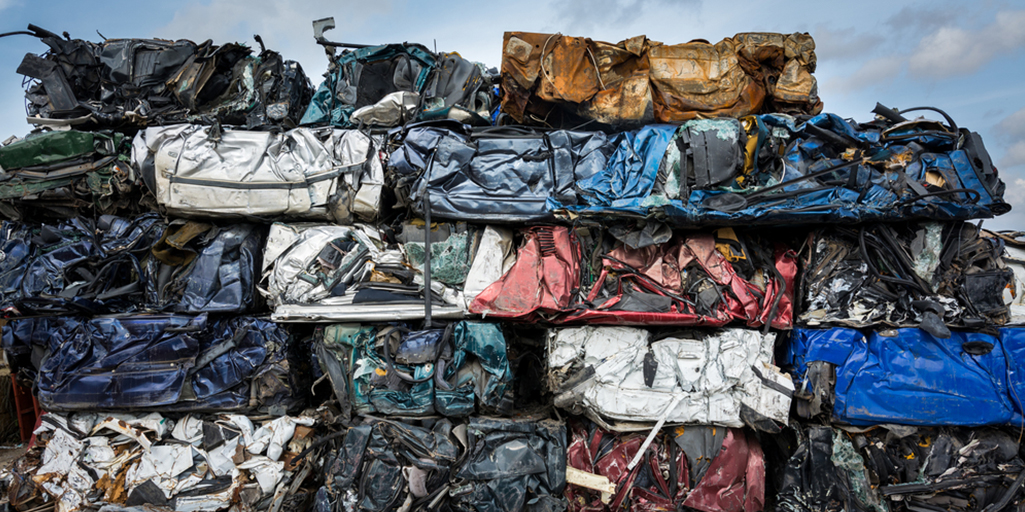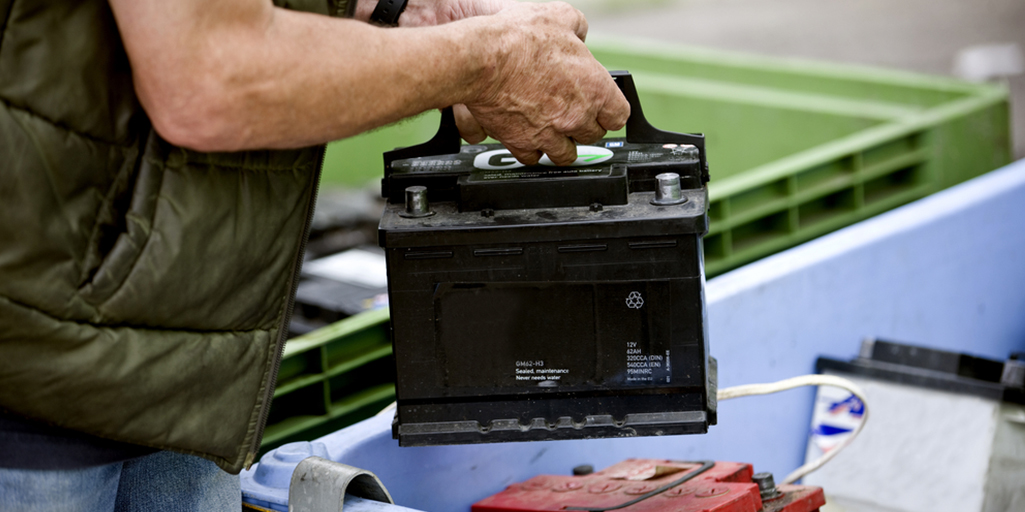We use cookies and other proprietary and third-party technologies to make our website work correctly and securely. We also use them to analyse user browsing and be able to adapt advertising to your tastes and preferences. Cookies Policy.
Up to 4,000 pieces: How and why a car is recycled
In today’s world, where waste is becoming a problem for human life, more and more things are recycled. In the current situation, where as a species we produce much more waste than we can accumulate, from plastic bottles to shipping containers, everything that can be used to create a new object has to be used for precisely that.
Within the different categories of objects that we use in our daily life, there is one that has a particularly important potential when it comes to recycling. We are referring to cars. A vehicle that is going to be scrapped can be recycled by 95%. What’s more, according to European legislation, that is the percentage of a discarded vehicle that must be recycled. This is because, of all the materials used to make a car, only certain plastics are impossible to recycle.
But in a car there are more than 40 different materials, and plastics only represent a small part of all those used in its manufacture. All in all, 70% of a car is made of materials with some iron component.

In the future, the new amendment added to the European directive regulating vehicle recycling is expected to make the vehicles produced even more recyclable. This will be achieved by forcing car manufacturers to design vehicles from the inside out. In addition, they will have to pay special attention to the batteries they use. This component of electric vehicles is one of those with the largest environmental footprint. This, together with the fact that promoting the use of electric vehicles is one of the measures aimed at reducing greenhouse gas emissions, make electric batteries one of the elements with the greatest potential for future innovation.
How is a car recycled?
The vehicle-recycling process begins with its decontamination, during which the car is cleaned of all substances that can be harmful to both humans and the environment. During decontamination, the gasses from the air conditioning circuit, fuel, lubricants, hydraulic fluid and the battery, often composed to a greater or lesser extent of heavy metals and acids, are eliminated.
The vehicle is then scrapped. The parts that still have a useful life are subjected to various suitability tests and, depending on the results, they are introduced to the second-hand market or remain in the scrapping process.
Tires, one of the parts with the greatest potential for recycling, are retreaded (when their condition allows it) and are destined to be used again. Tires too damaged to be reused are shredded and used to make other products, such as road paving or footwear.
All the structure of the car and the metal parts that are attached to it are destined for the scrapping process, and are sent to the pressing machine, in charge of turning them into a 1-meter-sided cube to be melted down and reused.
The rest of the parts are passed through the shredder, a machine that crushes and separates the different materials for their subsequent classification.

What about electric cars?
The question of recycling electric batteries is a bit more complicated. Fossil fuel-powered car batteries are crushed to recover lead that is then used to make other batteries. On the other hand, electrolytes (from sulfuric acid) are used in the manufacture of chemicals.
Electric car batteries that are still in good condition are reused. All those that may not be able to be put back in a vehicle (when their capacity has dropped below 70%) but that continue to work can be used as electric accumulators in large installations that require the storage of a lot of electricity. These more modern and higher-capacity batteries contain metallic elements such as lithium and cadmium that will also have to be reused as they cannot be safely disposed of.

Reasons to recycle a car
Environmental protection and the pursuit of more sustainable production systems are not the only important reasons why it is desirable to recycle vehicles. One of the most relevant factors is that there are parts of the car that contain toxic or potentially hazardous materials. For this reason, having specialized vehicle-recycling facilities not only allows all this waste to be channeled together, but also serves to facilitate waste control.
On the other hand, having the possibility of taking a car that is going to be taken off the road to a specific point where it can be recycled, prevents the car from ending up abandoned in public spaces.
In addition, recycling a vehicle can save raw materials and economic resources. These savings do not benefit only the person who disposes of the car, but also the buyer of used parts and even society in general.
In the future, all the objects that are part of our daily life should be designed thinking not only about the use or aesthetics that we want to confer on them, but also taking into account that at the end of their useful life we should be able to recycle them as easily and extensively as possible. Cars offer a good roadmap for how we can do this.

Notice: Trying to access array offset on value of type null in /DATA/sites/ontheroadtrends.com.preproduccion.com/webspace/wp-content/themes/ontheroad2023/templates/newsletter.php on line 3
Notice: Trying to access array offset on value of type null in /DATA/sites/ontheroadtrends.com.preproduccion.com/webspace/wp-content/themes/ontheroad2023/templates/newsletter.php on line 4
Notice: Trying to access array offset on value of type null in /DATA/sites/ontheroadtrends.com.preproduccion.com/webspace/wp-content/themes/ontheroad2023/templates/newsletter.php on line 5